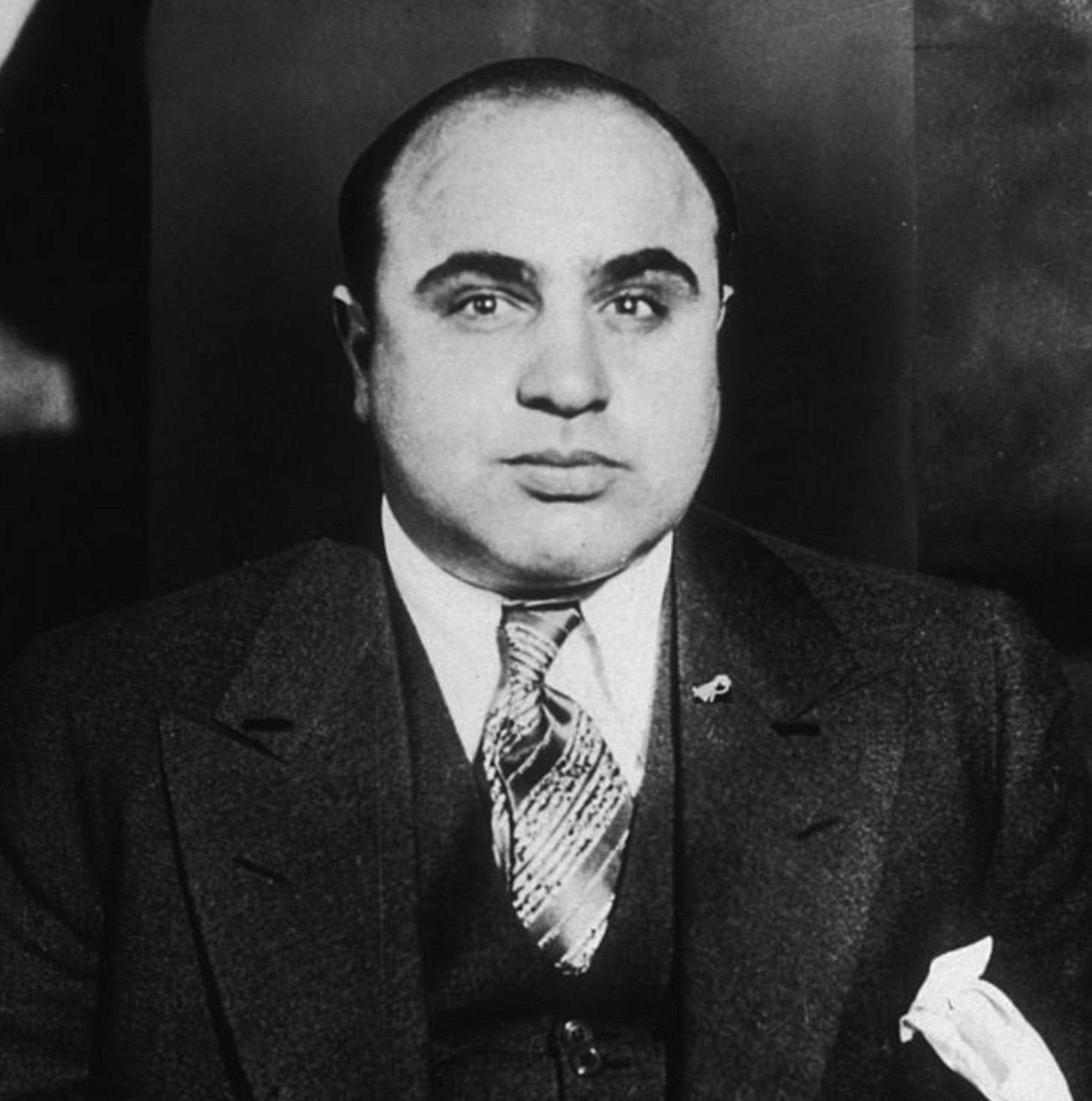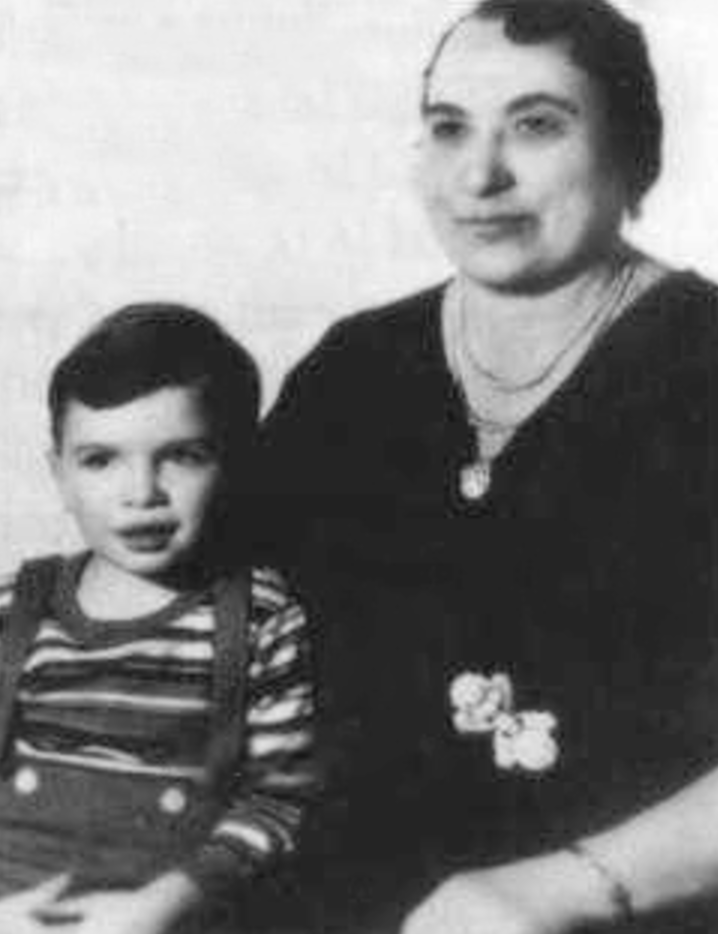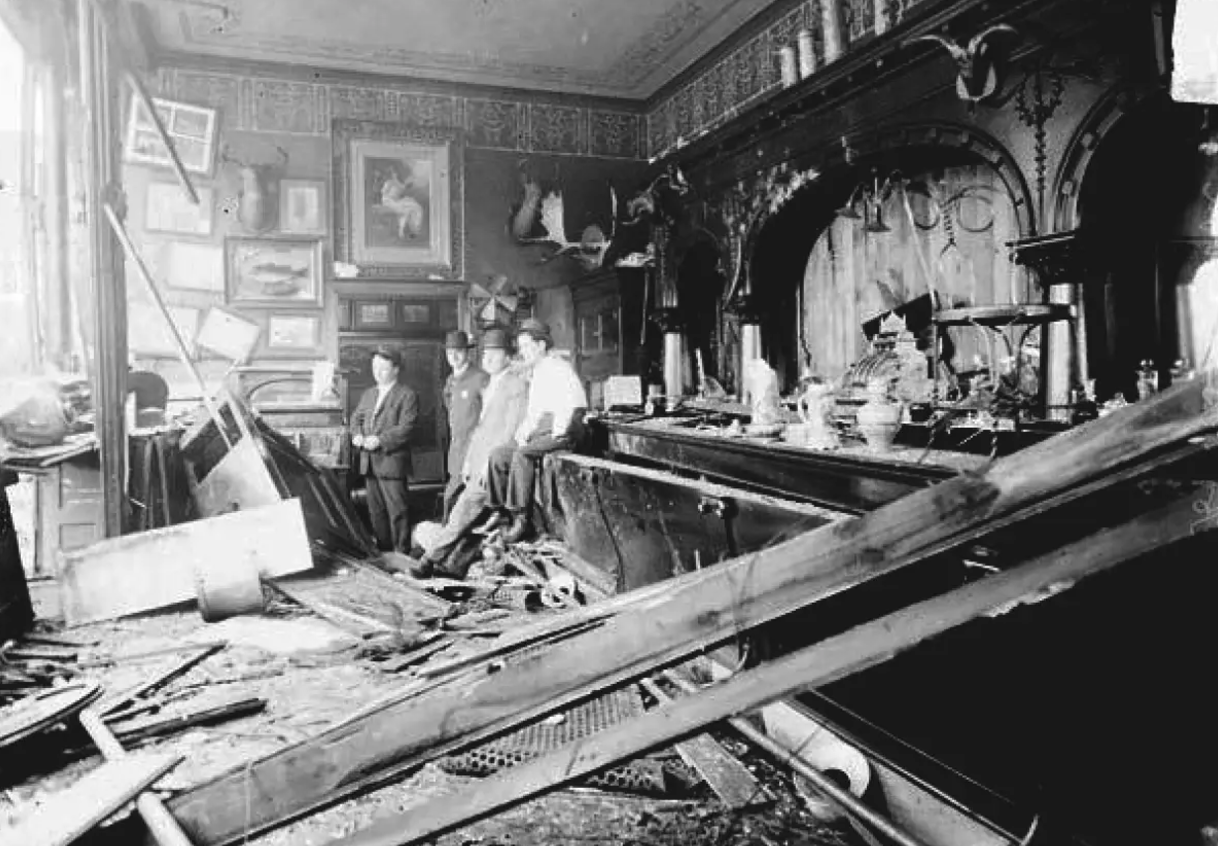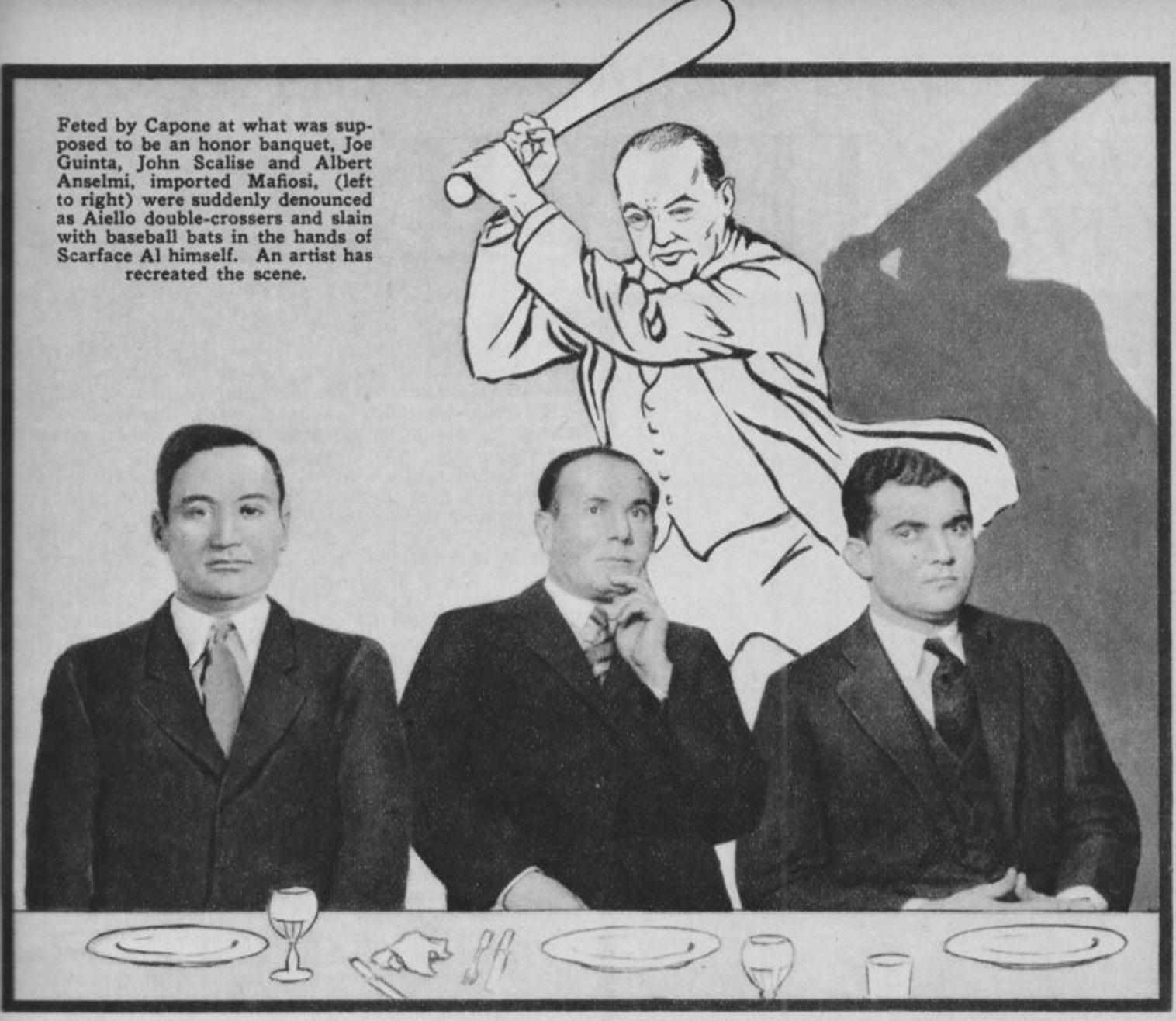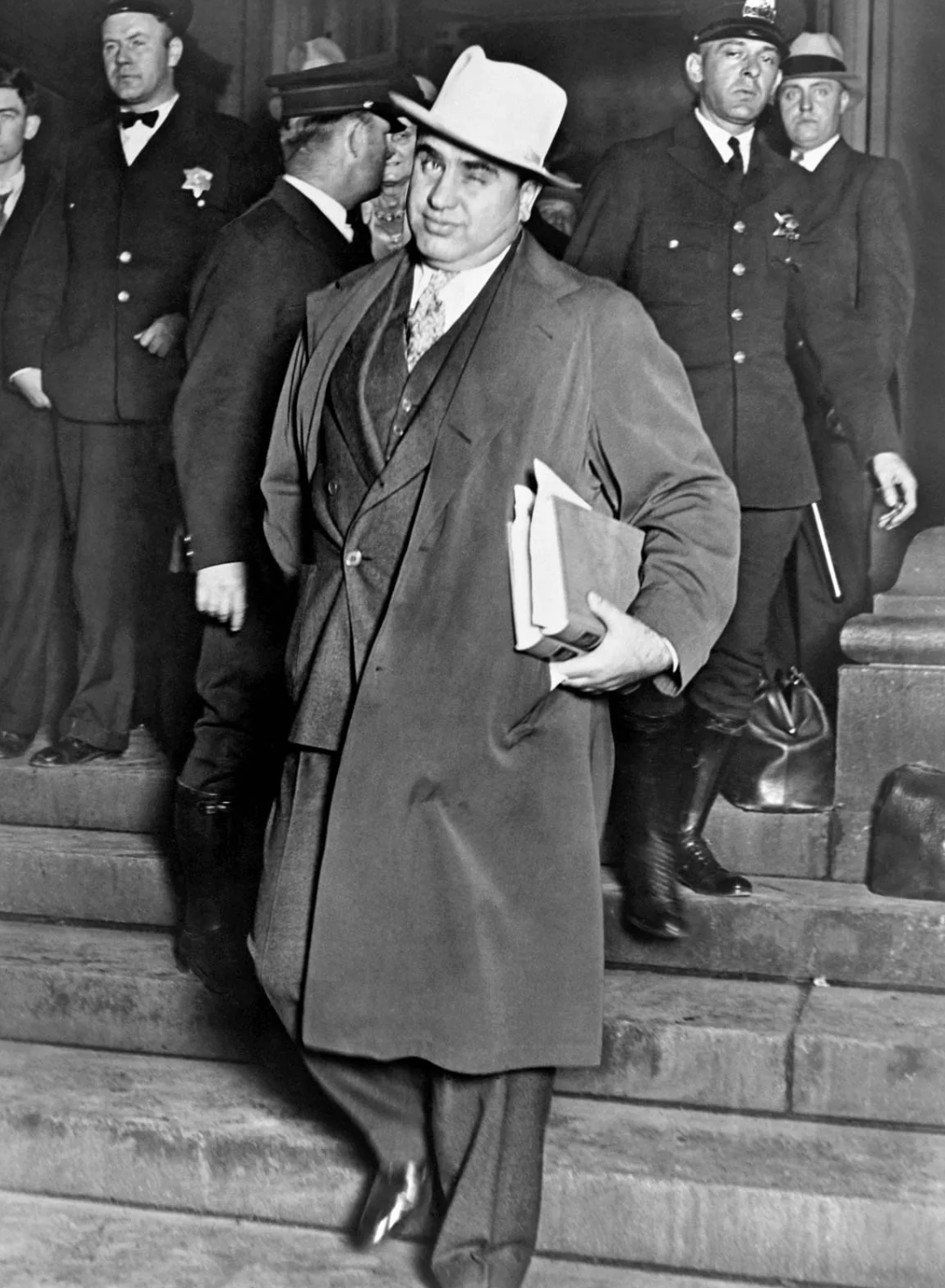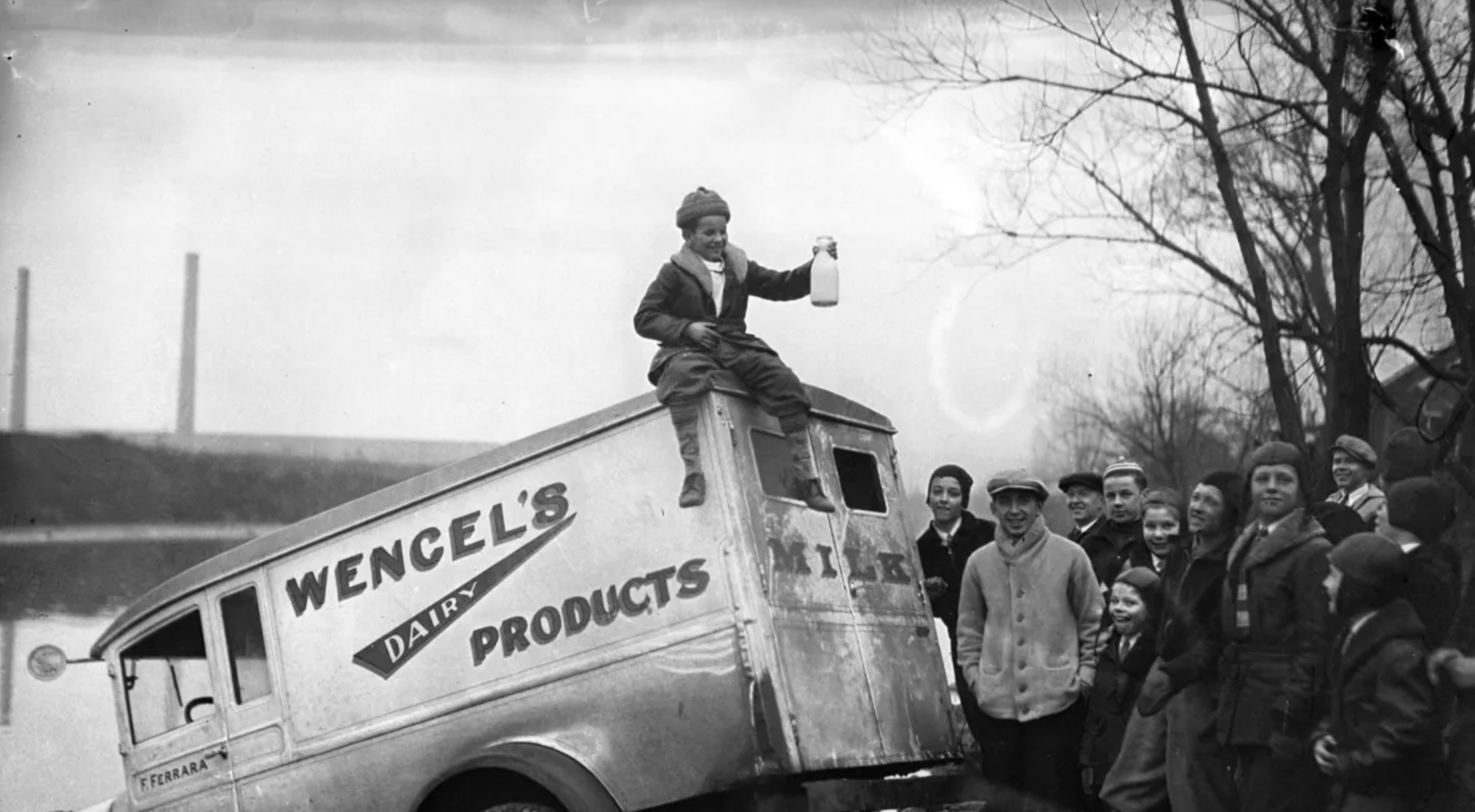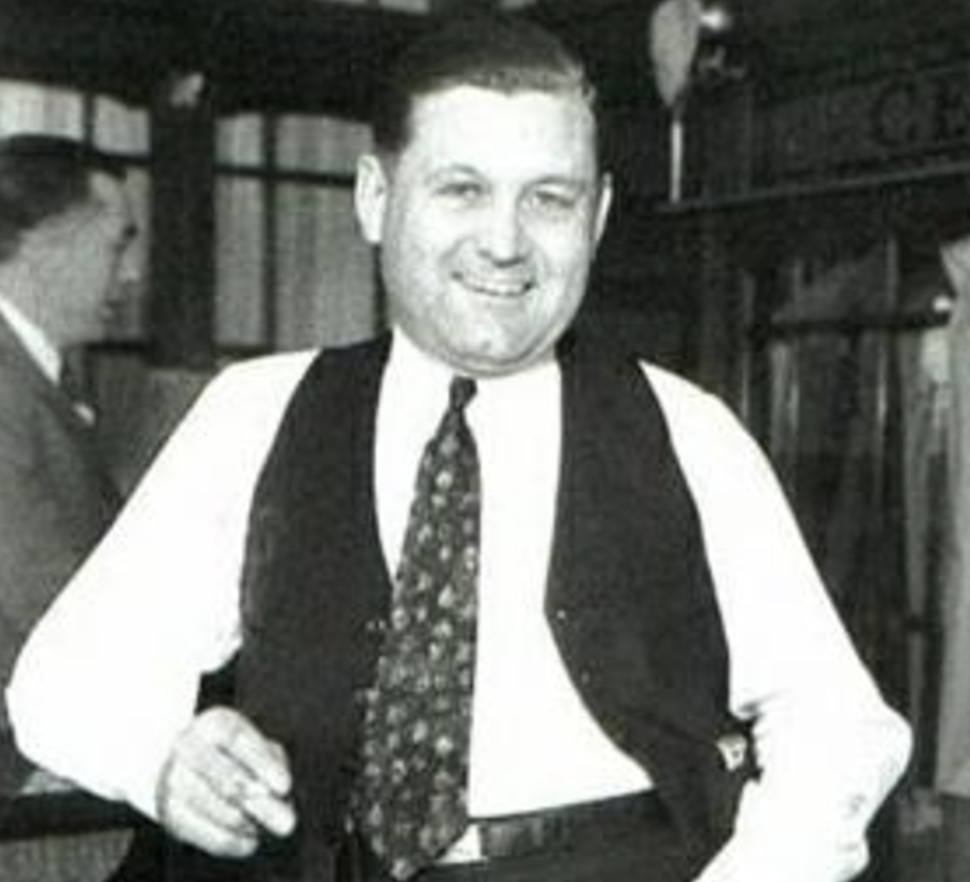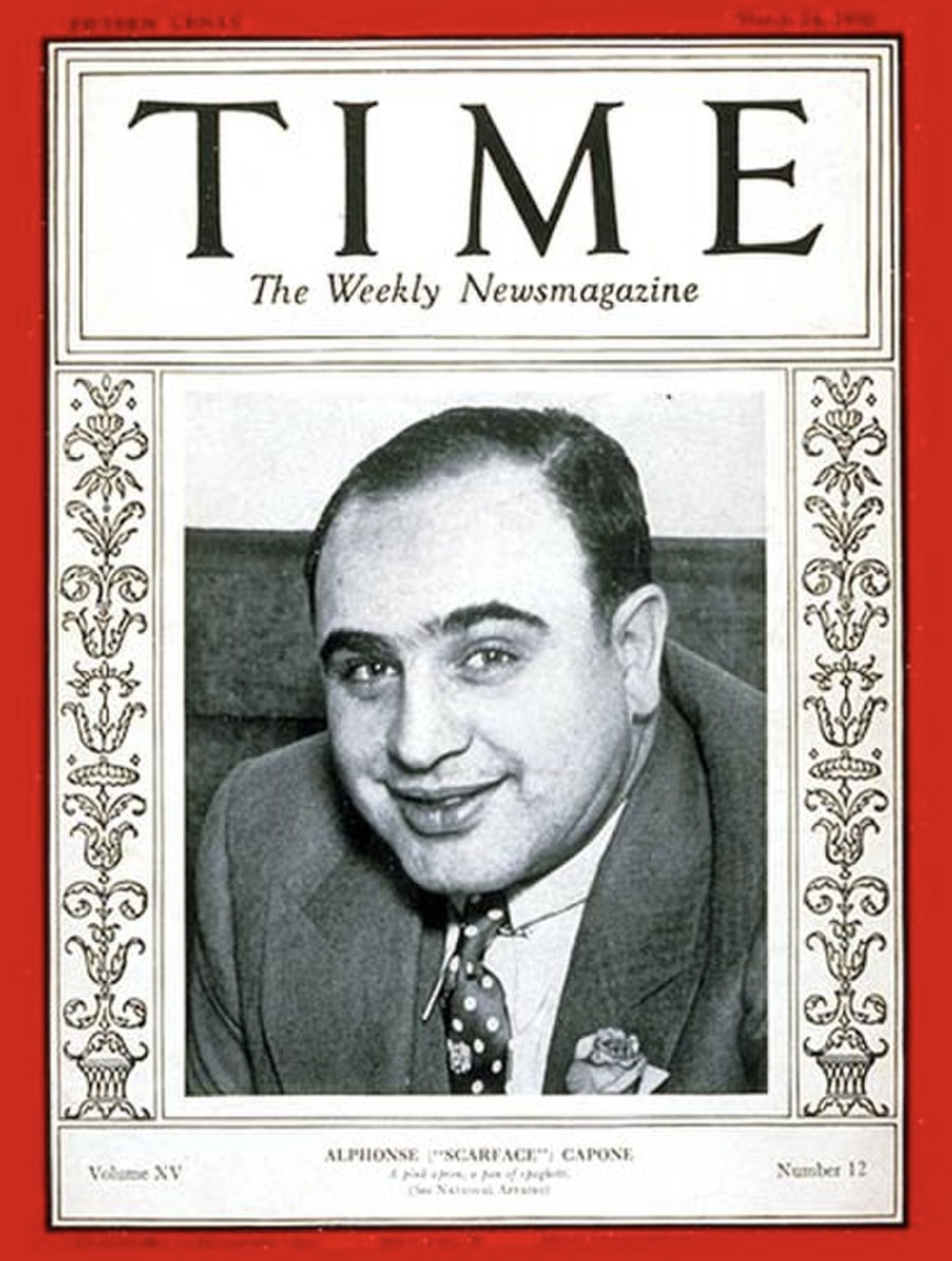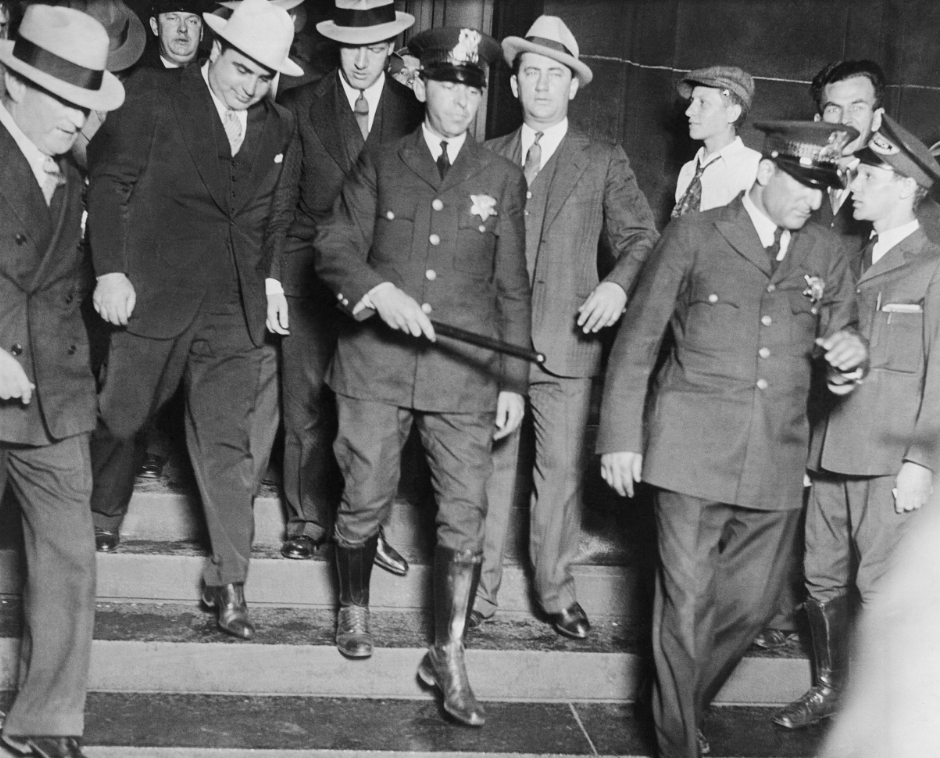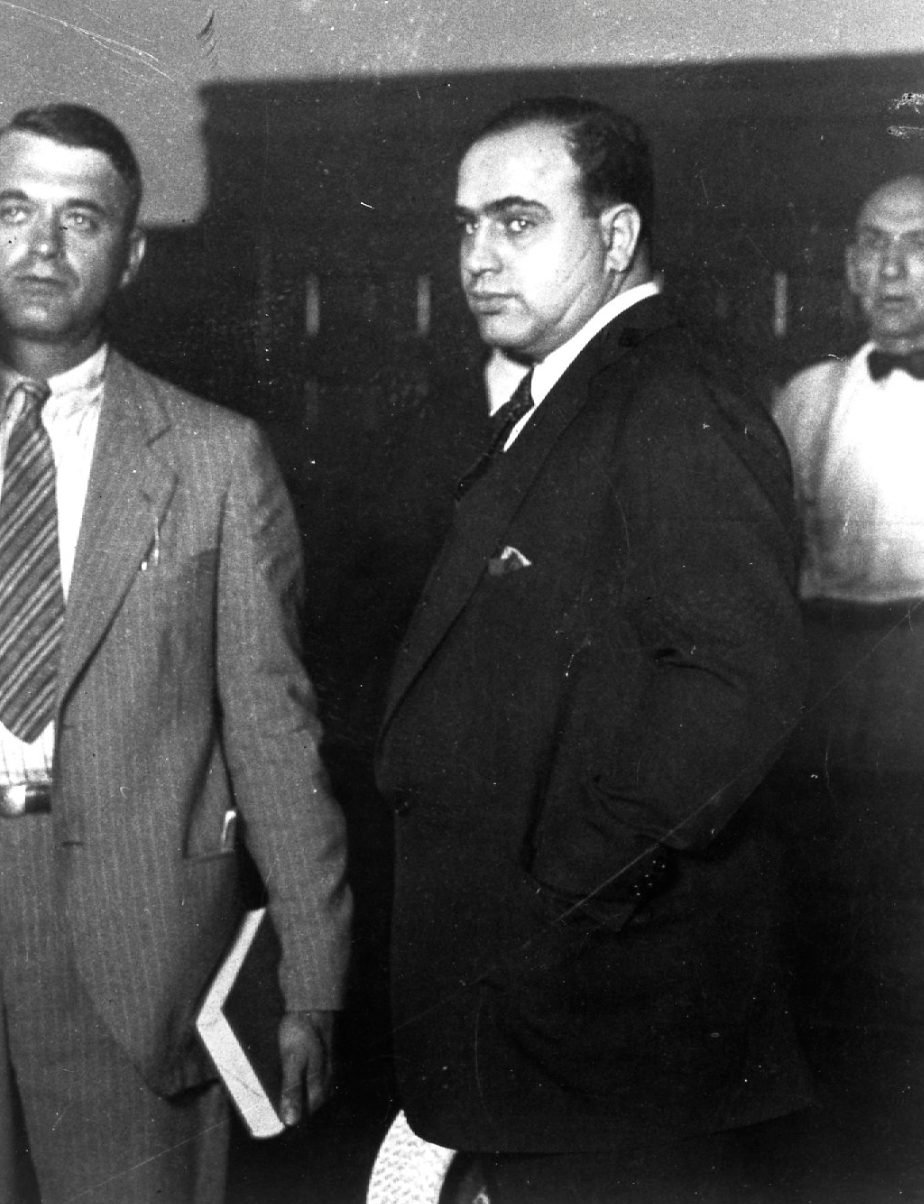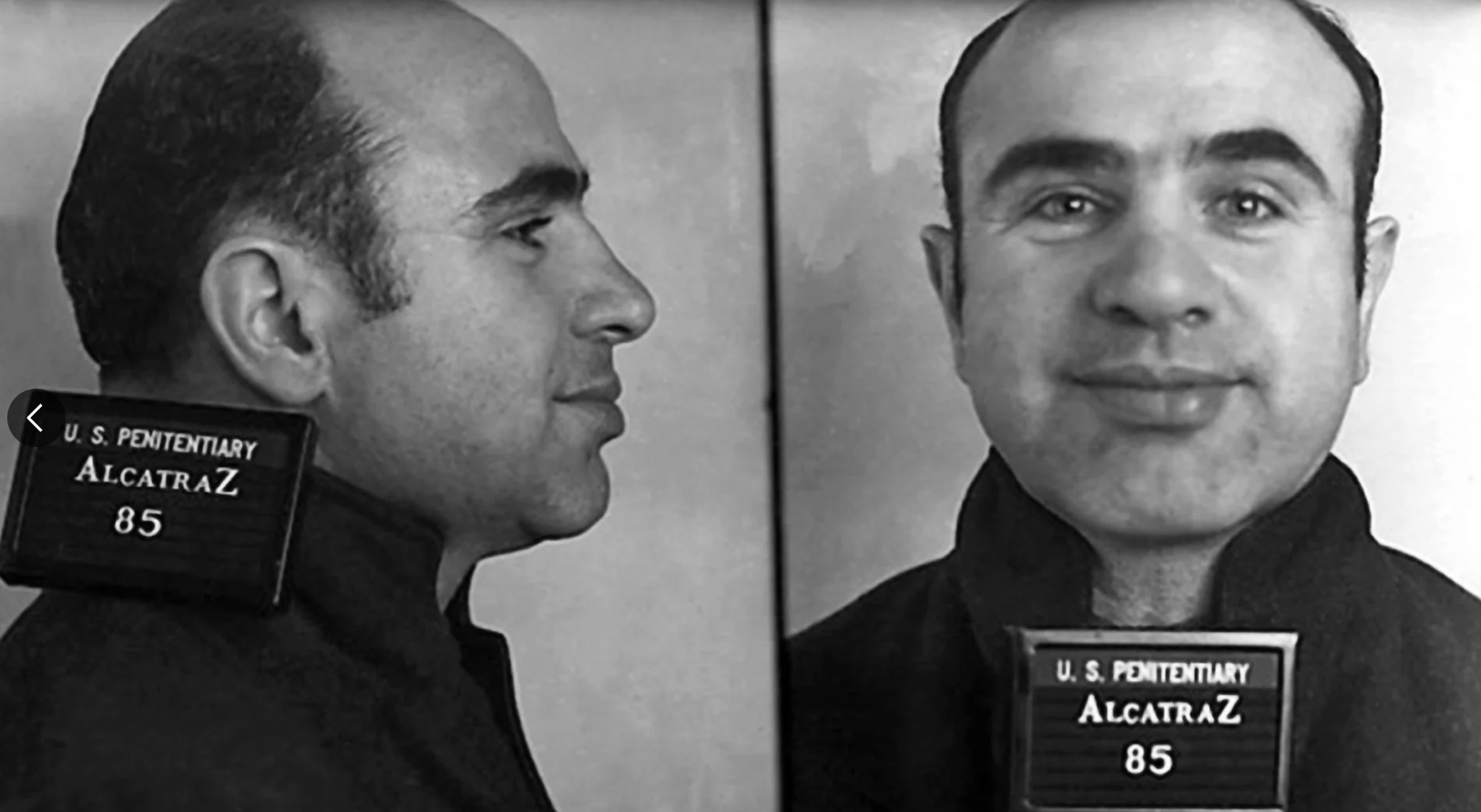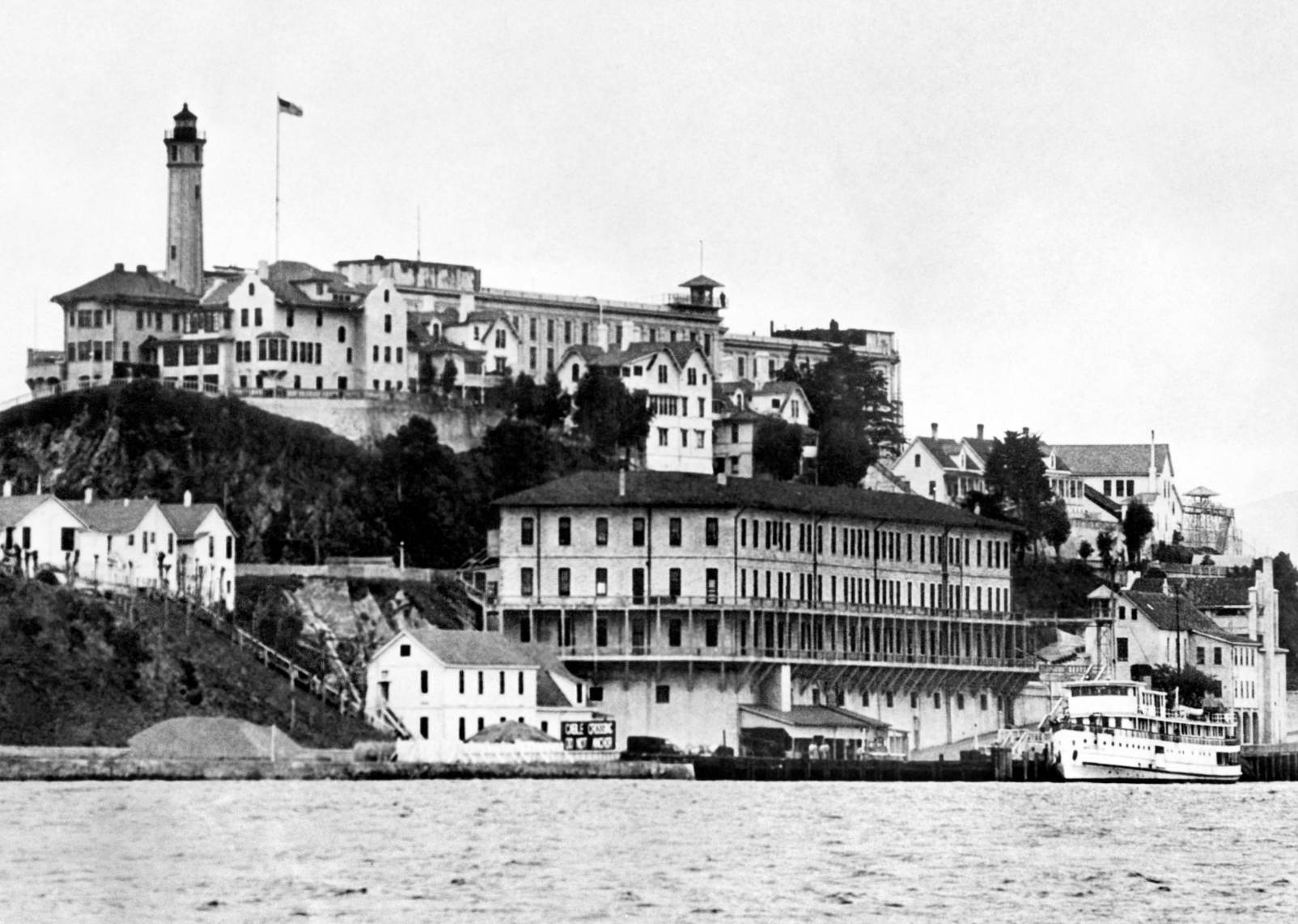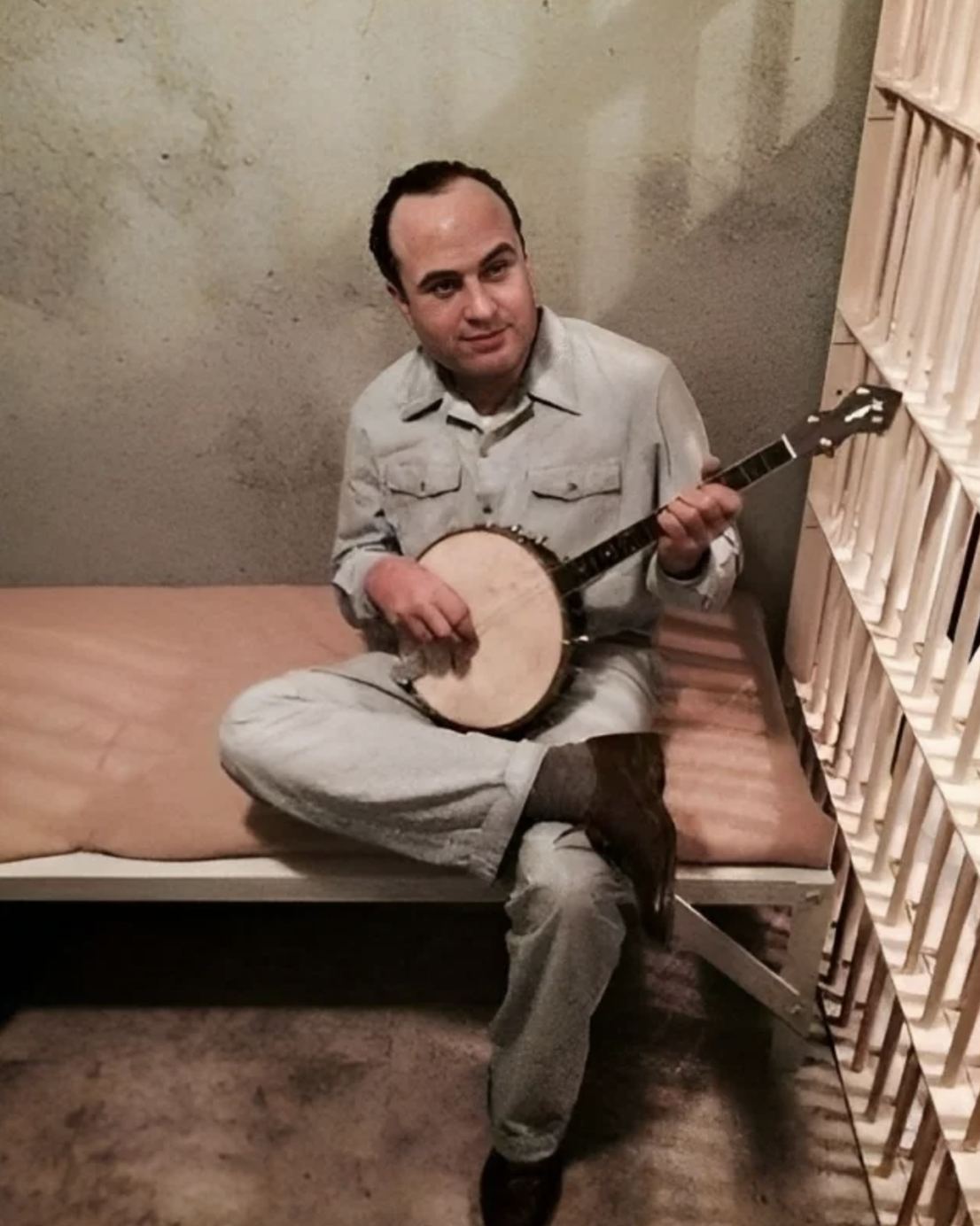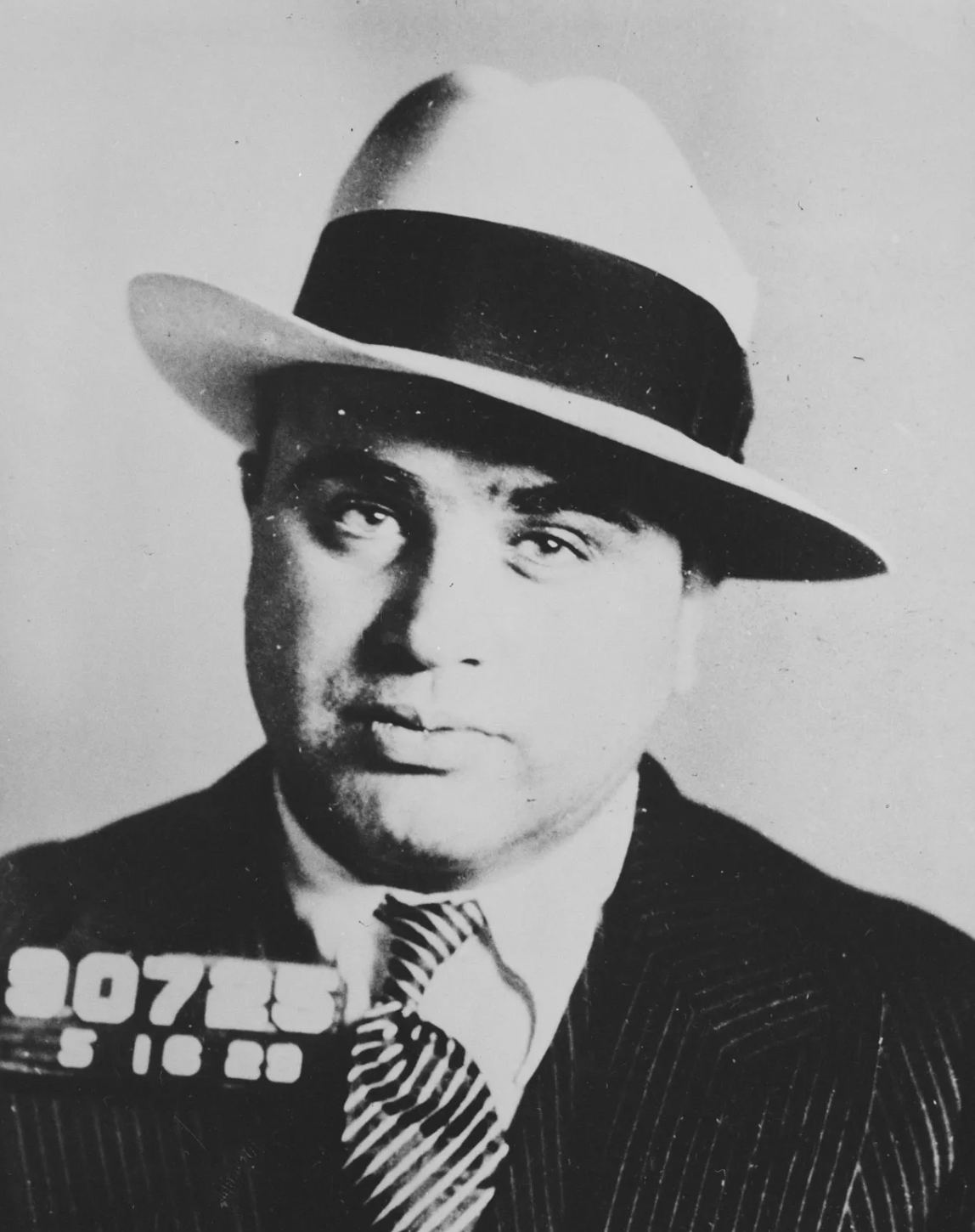Remembering Al Capone’s Reign of Terror in Chicago
The man. The mobster. The legend.
Published 11 months ago in Wow
Though Al Capone may have long served as one of America's most notorious mobsters, his legacy is shrouded in just as much myth as truth. But like most things in life, the facts surrounding Capone's time as Chicago's mob boss are a whole lot stranger than fiction.
From the Chicago Milk Wars to the Saint Valentine's Day Massacre, here are 16 photos remembering Al Capone's reign in Chicago.
1
The Origins of Al Capone
On January 17, 1920, the United States passed the Volstead Act, federally outlawing the sale, manufacture and transportation of alcohol. But while booze may have been banned, notorious crime boss Al Capone saw an opportunity: Making a whole lot of money with a major bootlegging business.
2
Climbing The Ranks
Long before Capone gained infamy as Chicago’s most notorious prohibition-era gangster, he got his start in New York City. Born in Brooklyn to Italian immigrants, Capone was a smart child, albeit a troublemaker, taking on odd jobs throughout his community — and even enjoying a two-year stint in semi-professional baseball. Capone’s organized crime career began when he joined the James Street Boys gang and met legendary crime boss Johnny Torrio. The pair quickly built a rapport and in 1919, Torrio sent Capone to Chicago, tasking him with managing one of his brothels.
3
Sweet Home Chicago
Not long after relocating to the Second City, prohibition hit, prompting Capone to launching a large-scale bootlegging business. Relying on both notably violent tactics as well as his friendships with local law enforcement and then-Chicago mayor, William Hale Thompson, Capone climbed the ranks, ultimately replacing Torrio as boss following his retirement. By 1930, Chicago’s Crime Commission named him as “Public Enemy Number One.”
5
Playing Coy
By this point, Capone had reached celebrity status and garnered reputation for loving women, outlandish outfits, cigars and all the finer things in life. As such, Capone was often asked about his line of work. He handled this questions like any good crime boss would. “I am just a businessman, giving the people what they want,” he once famously said.
6
Got Milk?
With prohibition rumored to be coming to an end, Capone was looking for new ways to wet customers’ whistles and keep his business afloat. As such Capone decided to buy a dairy company. Using the company’s existing setup and tapping home delivery drivers rather than union workers to distribute the product, they were able to keep prices extremely low. After trying — and failing — to reach a deal with the dairy union leader, violence ensued, leading to smashed windows, shady deals and even a bombing.
9
Eliot Ness
Prohibition agent Eliot Ness was tasked with spearheading this investigation. As a part of the U.S. Treasury Department, Ness took down several illegal bootlegging operations, leading to millions in lost income for Capone. After allegedly turning down a bribe for $2,000 a week to overlook the Chicago crime boss’s operation, Ness earned both him and his team of agents the nickname of the “Untouchables.”
11
Prisoner 85
After serving time at a prison in Atlanta, Capone arrived at San Francisco’s infamous Alcatraz prison in 1934. Known as Prisoner 85, Capone’s time behind bars was a lot more lax than his days running the Chicago mob. Described as a “model prisoner” by the History Channel, Capone spent his days reading, composing music and and completing his chores.

